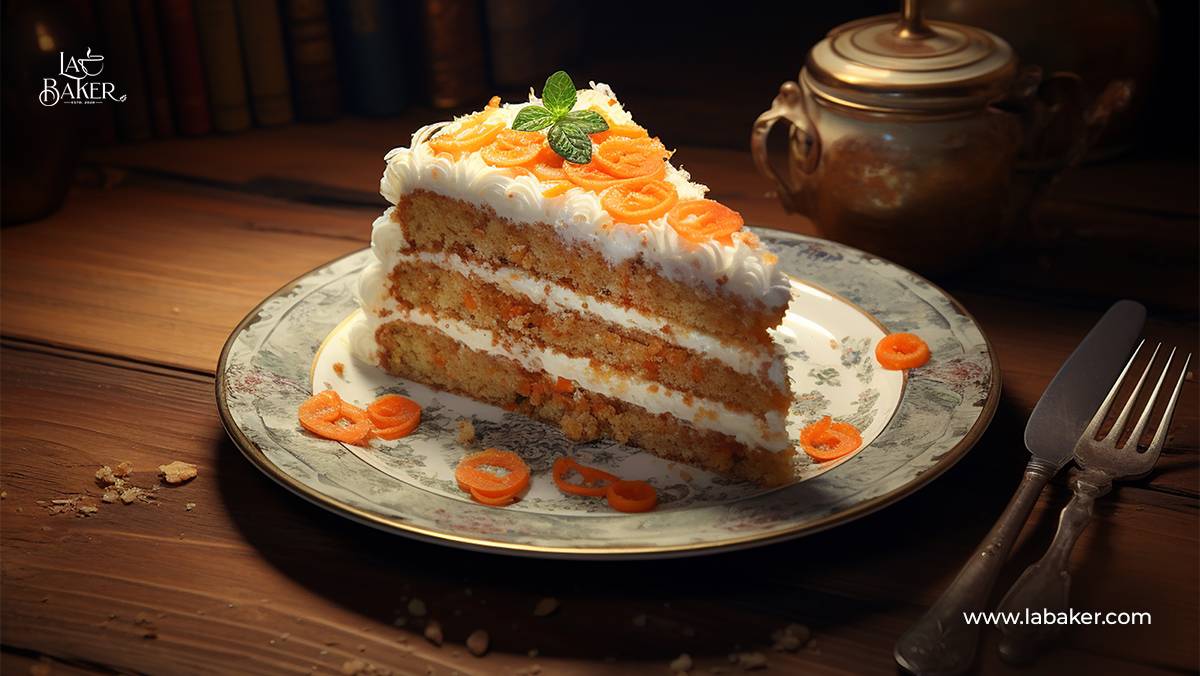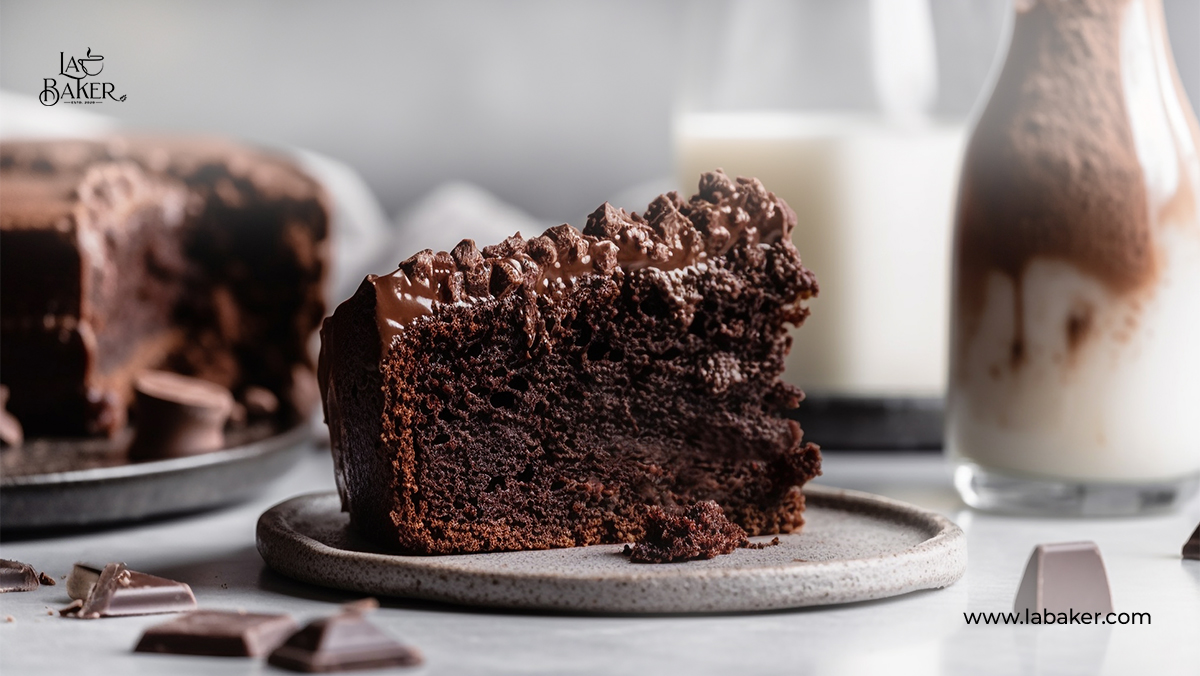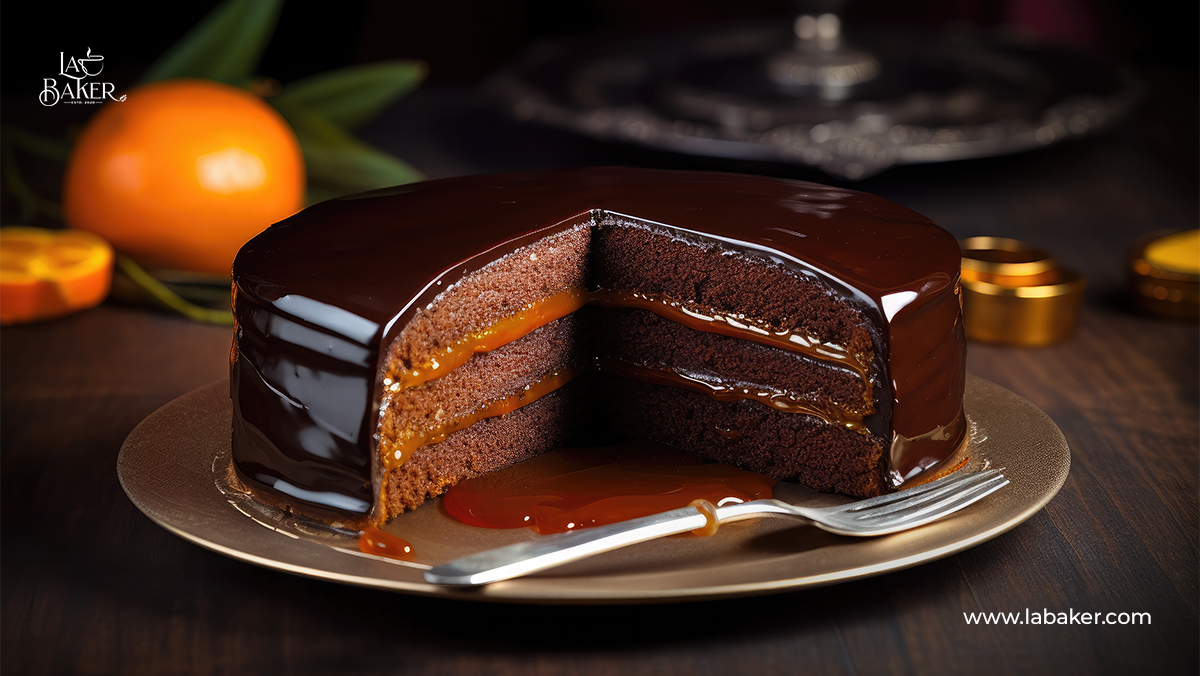
How to Make Spanish Cafe...
Are you craving a rich and creamy coffee drink to start your day? Look no further than Spanish café con leche! This beloved Spanish beverage is a delightful combination of espresso and steamed milk, creating a smooth and indulgent treat.
Café con leche, translated as “coffee with milk,” is a classic Spanish coffee drink that has been enjoyed by Spaniards for generations. It is a simple yet satisfying beverage that combines the bold flavors of espresso with the creamy richness of steamed milk. Café con leche is a staple in Spanish households, often served as part of breakfast or enjoyed as a midday pick-me-up. The beverage is known for its smooth and balanced taste, making it a favorite among coffee lovers around the world. While café con leche is traditionally made with a shot of espresso, you can also use a moka pot or a French press to brew a strong coffee as a substitute.
Ingredients
To make a delicious café con leche, you will need the following ingredients:
- Freshly brewed espresso or strong coffee
- Milk (whole milk or 2% milk is recommended)
- Sugar (optional)
- Vanilla extract or cinnamon (optional, for flavor variations)
The quality of your ingredients will greatly impact the taste of your café con leche. It is best to use freshly ground coffee beans for the espresso or strong coffee base. For the milk, choose a high-quality variety that is fresh and creamy.
Brewing the Perfect Espresso
The foundation of a great café con leche is a perfectly brewed espresso. If you have an espresso machine, follow the manufacturer’s instructions to pull a shot of espresso. If you don’t have an espresso machine, don’t worry! You can still make a delicious café con leche using a moka pot or a French press.
Moka Pot Method
- Fill the bottom chamber of the moka pot with cold water up to the pressure valve.
- Insert the funnel-shaped filter basket and fill it with finely ground coffee. Level the coffee grounds with a spoon, but do not tamp them down.
- Screw the top chamber of the moka pot onto the base, ensuring it is tightly sealed.
- Place the moka pot on the stovetop over medium heat.
- As the water heats up, the pressure will force the brewed coffee to rise through the central tube and collect in the top chamber of the pot.
- Once you hear a gurgling sound, remove the moka pot from the heat and allow it to rest for a minute before pouring.
French Press Method
- Coarsely grind your coffee beans and add them to the French press.
- Pour hot water (just below boiling point) over the coffee grounds, ensuring they are fully immersed.
- Stir gently to ensure all the coffee grounds are saturated.
- Place the lid on the French press, but do not plunge yet.
- Let the coffee steep for 4-5 minutes.
- Slowly and steadily press down the plunger to separate the brewed coffee from the grounds.
Steaming the Milk
Once you have your espresso or strong coffee ready, it’s time to steam the milk. Steamed milk adds a creamy and velvety texture to your café con leche.
Stovetop Method
- Pour the desired amount of milk into a small saucepan.
- Heat the milk over medium-low heat, stirring gently with a whisk or spoon to prevent scorching.
- Continue heating the milk until it reaches a temperature of around 150°F (65°C). You can use a kitchen thermometer to check the temperature.
- Remove the saucepan from the heat.
Microwave Method
- Pour the desired amount of milk into a microwave-safe container.
- Heat the milk in the microwave for 30-second intervals, checking the temperature after each interval.
- Stir the milk gently between intervals to distribute the heat evenly.
- Once the milk reaches a temperature of around 150°F (65°C), remove it from the microwave.
Frothing the Milk
For an extra touch of luxury, you can froth the milk to create a layer of creamy foam on top of your café con leche. There are several methods you can use to froth the milk:
Handheld Milk Frother
- Submerge the frother’s whisk in the warm milk, ensuring it is fully immersed.
- Turn on the frother and move it up and down in a quick, vertical motion to create foam.
- Continue frothing until the milk has doubled in volume and a creamy foam forms on top.
French Press
- Pour the warm milk into the French press, filling it no more than halfway.
- Hold the plunger handle firmly and move it up and down rapidly to create foam.
- Continue frothing until the milk has doubled in volume and a creamy foam forms on top.
Steam Wand (Espresso Machine)
- Place the steam wand just below the surface of the warm milk, tilting the pitcher slightly to create a swirling motion.
- Turn on the steam wand and allow the milk to stretch and foam.
- Move the wand up and down to distribute the heat evenly and create a velvety texture.
- Once the milk has doubled in volume and reached your desired consistency, turn off the steam wand.
The Art of Pouring
Now that you have your perfectly brewed espresso and steamed milk, it’s time to combine them and create the iconic layered effect of café con leche. This step requires patience and a steady hand.
- Pour the espresso or strong coffee into a large mug, filling it approximately halfway.
- Hold a spoon against the inside edge of the mug, just above the level of the coffee.
- Slowly pour the steamed milk over the spoon, allowing it to flow gently into the coffee.
- As you pour, the milk will naturally mix with the coffee, creating beautiful layers of color.
Sweetening Your Café Con Leche
The sweetness of your café con leche is a matter of personal preference. Some people enjoy the natural sweetness of the milk, while others prefer a touch of additional sweetness. Here are a few options for sweetening your café con leche:
- Sugar: Stir in sugar to taste, starting with a teaspoon and adjusting as desired.
- Honey: Add a drizzle of honey for a natural and subtle sweetness.
- Sweeteners: If you prefer a sugar-free option, you can use artificial sweeteners or natural alternatives like stevia.
Experiment with different sweeteners to find the perfect balance for your taste buds.
Serving Suggestions
Now that your café con leche is ready, it’s time to savor every sip. Café con leche is a versatile beverage that can be enjoyed on its own or paired with a variety of Spanish treats. Here are a few serving suggestions:
Breakfast: Enjoy your café con leche alongside traditional Spanish breakfast dishes like pan con tomate (toasted bread with tomato), Spanish tortilla (potato omelette), or churros.
Snack: Pair your café con leche with a sweet treat like mantecados (traditional Spanish shortbread cookies) or a slice of cake.
Afternoon Pick-Me-Up: Take a break from your day and indulge in a cup of café con leche as a mid-afternoon treat.
Dessert Alternative: Instead of traditional dessert, serve café con leche as a light and satisfying way to end a meal.
Get creative and explore different flavor combinations to enhance your café con leche experience.
Variations and Additions
While the classic café con leche recipe is delightful on its own, you can add a personal touch by experimenting with various flavors and additions. Here are a few ideas to get you started:
Flavored Syrups: Add a splash of flavored syrup like vanilla, caramel, or hazelnut to infuse your café con leche with a burst of flavor.
Spices: Sprinkle a pinch of cinnamon, nutmeg, or cardamom over your café con leche for a warm and aromatic twist.
Chocolate: Stir in a spoonful of chocolate powder or a square of dark chocolate for a rich and indulgent café mocha variation.
Liqueurs: For an adult twist, add a shot of your favorite liqueur such as Baileys, Kahlua, or Amaretto to your café con leche.
Remember to adjust the sweetness and other ingredients accordingly when experimenting with variations.
Tips and Tricks for the Perfect Café Con Leche
Mastering the art of making café con leche takes practice, but these tips and tricks will help you achieve a delicious result every time:
Use Freshly Roasted Coffee Beans: For the best flavor, choose high-quality coffee beans and grind them just before brewing your espresso.
Experiment with Coffee-to-Milk Ratio: Adjust the ratio of coffee to milk according to your preference. Start with equal parts and make adjustments to find your perfect balance.
Heat the Milk Slowly: To prevent scorching, heat the milk slowly over medium-low heat or in short intervals in the microwave.
Froth the Milk to Your Liking: If you enjoy a frothy texture, continue frothing the milk until it reaches your desired consistency.
Practice the Art of Pouring: Pour the milk slowly over the back of a spoon to create beautiful layers in your café con leche.
Serve Immediately: Café con leche is best enjoyed fresh and hot, so serve it immediately after preparing.
With these tips in mind, you’ll be on your way to mastering the art of making the perfect café con leche.
Frequently Asked Questions
1. Can I make café con leche without an espresso machine?
Absolutely! While traditionally made with espresso, you can use a moka pot or a French press to brew a strong coffee as a substitute. The taste may vary slightly, but you can still enjoy a delicious café con leche at home.
2. Can I make café con leche with non-dairy milk?
Yes, you can use non-dairy milk alternatives such as almond milk, oat milk, or soy milk to make café con leche. Keep in mind that the flavor and texture may differ from traditional café con leche made with cow’s milk.
3. How do I clean my espresso machine or moka pot?
To clean your espresso machine, follow the manufacturer’s instructions. For a moka pot, disassemble the parts and wash them with warm soapy water. Make sure to remove any coffee residue to prevent build-up and maintain the quality of your brew.
4. Can I make café con leche with decaffeinated coffee?
Yes, you can use decaffeinated coffee to make café con leche. Simply substitute your regular espresso or coffee with decaffeinated versions to enjoy a caffeine-free version of this classic beverage.
5. Can I make café con leche ahead of time?
Café con leche is best enjoyed fresh and hot, so it is recommended to make it just before serving. However, if you have leftover café con leche, you can store it in an airtight container in the refrigerator for up to 24 hours. Reheat gently before serving.
Sorry, the comment form is closed at this time.






